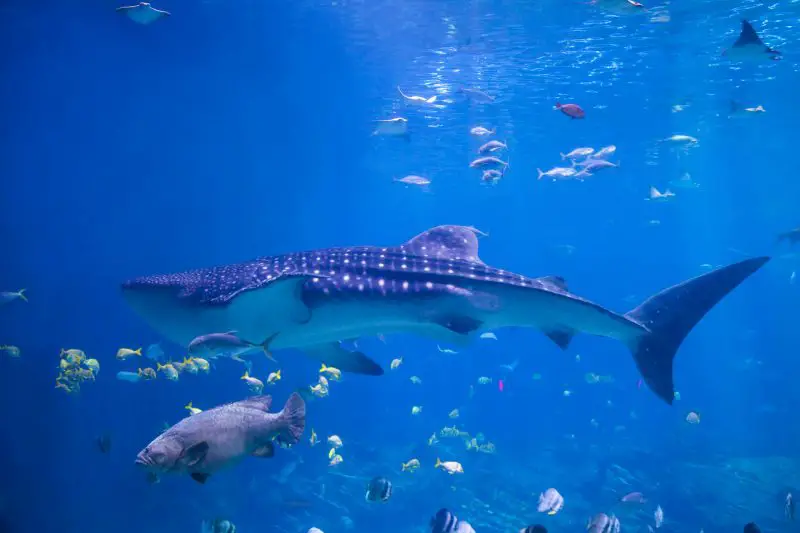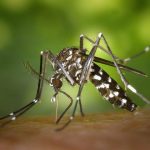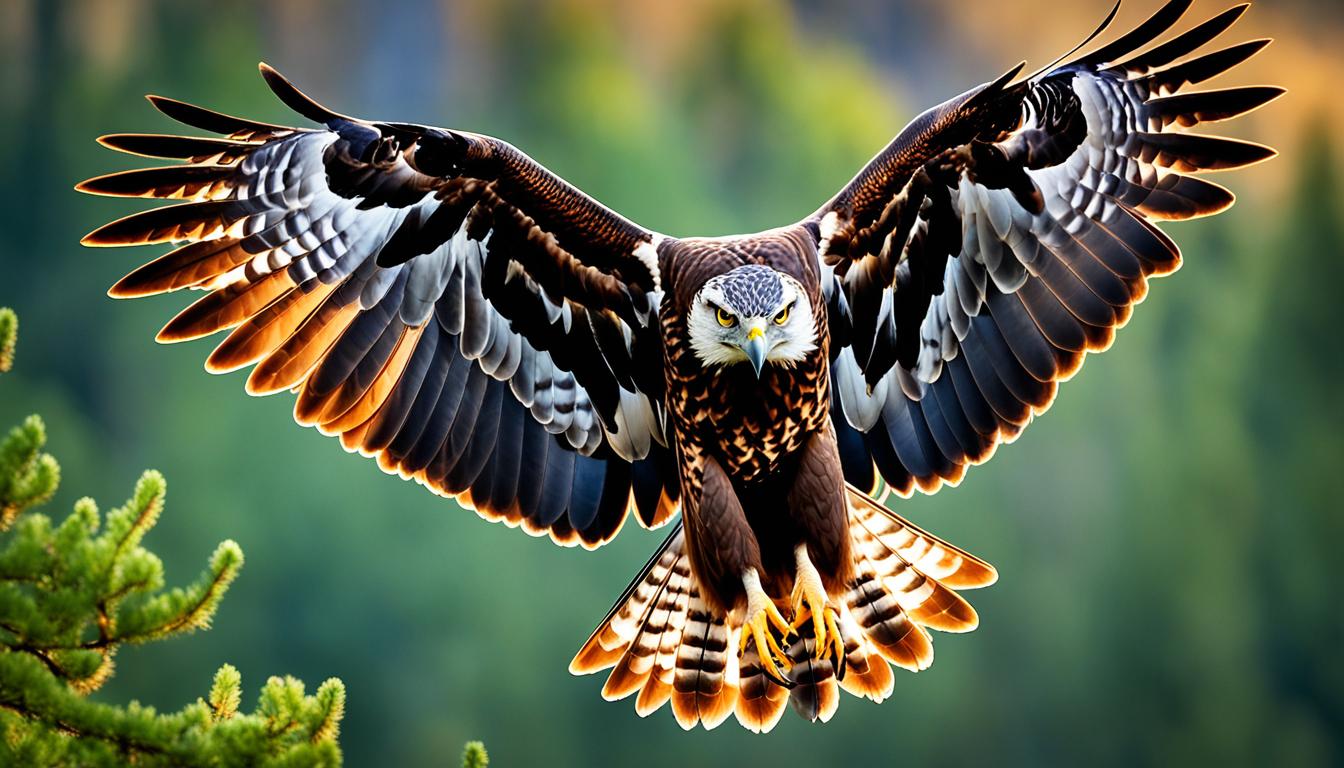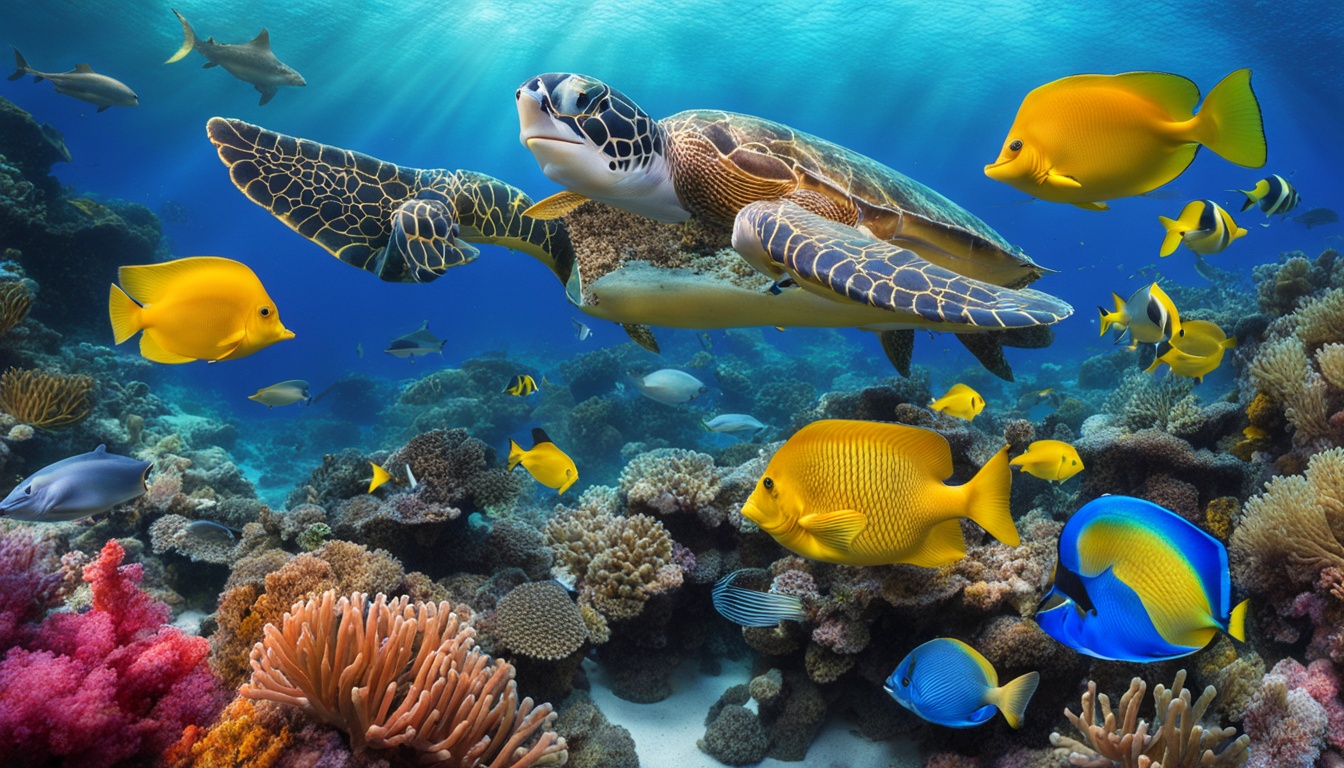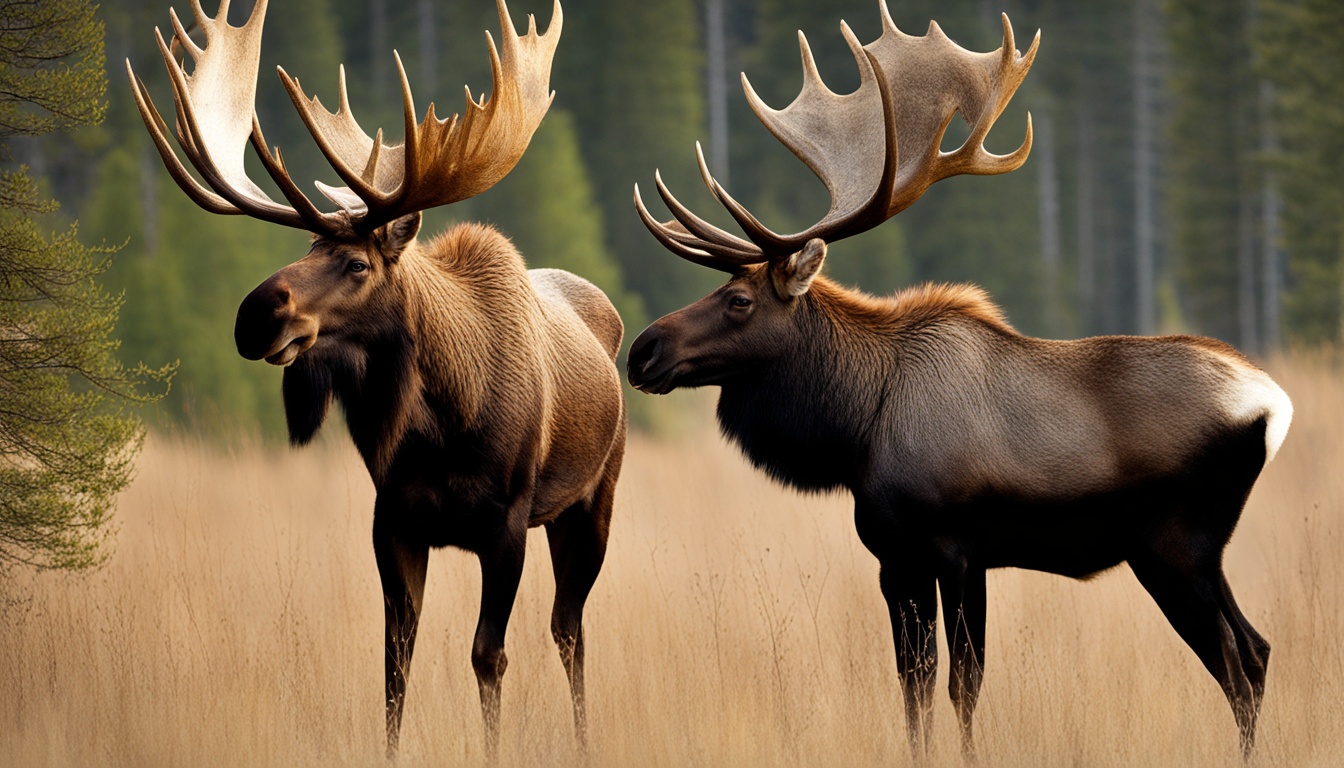Sand Tiger sharks take in air from the water’s surface and store it, preventing them from drowning when they swim. We’ve all seen tiger sharks in tanks happily hanging out, even though most sharks would drown; this is their secret! When they wish to lose buoyancy, they let the air out in the shape of a fart.
In terms of other species of shark, we simply don’t know! Because sharks rely on their oily liver for buoyant, and trapped wind would likely disrupt that, I believe this is a property unique to tiger sharks, although further research is needed.
Domestic sand tiger sharks have been observed to emit gas bubbles from their cloaca, but there isn’t much else to go on. I agree that additional research is required to fully understand this critical problem. Please, please, please email me a copy of any grant applications for research on whether sharks fart.
Unlike mammals, which have a fairly constant gut transit time for food, many cold-blooded animals may “kind of force it out the back end by simply shoving more in the front end,” according to Dove. Whale sharks may exchange efficiency for gluttony in areas where food is plentiful, getting lower protein content from each meal but consuming greater volume.
Pooping episodes can teach us a lot regarding sharks, but recording some of that magnitude is more difficult than it appears. To begin, because these creatures swim quickly, their waste disperses quickly. And not all sharks release clouds with grace as this whale shark does. The great white shark, for example, is a very spastic pooper.
Do Sharks Fart In The Water?
Most fish don’t fart if you define farting to be a by-product of digestion — in other words, gases released from the rear end. The shark and the salmon are the only two exceptions. The sand tiger shark is said to purposely swallow air into its belly at the surface before farting that out at the other end, allowing it to drop to its preferred depth!
The gases coming out of a herring’s rear end have also been linked by biologists to a mystery underwater farting sound. It is like a high-pitched raspberry, and experts believe it’s how herring communicate with one another at night to keep their shoal together and alert neighboring fish of their presence!
Let’s hope this is a trend that stays firmly in the aquatic world and doesn’t spread to the rest of the planet! Fast Repetitive Tick is the name given to this occurrence, which once had the Swedish navy rushing for answers. A Russian submarine was high on the list of possible causes, so it was a relief to see it was merely herring and not an army of spies! However, the herring are not completely alone.
Other marine fish emit peculiar gassy sounds as well. Cod/groupers, for example, shake their swim bladders to produce a drumming sound, whilst other fish make a noise by belching.
Yes, sand sharks inhale air at the surface before releasing it to dive deeper. This shark is the only one that farts. Herring farts as well. Do Fish Fart? – The Wonderfully Underwater. However, it appears that only a few herring species use the ‘art of the fart’ to communicate. While flatulence is considered a societal faux pas in civilized society, it is a crucial social technique for a herring!
Do Bees and Sharks Have Similar Digestive Systems?
Do bees and sharks have similar digestive systems? While bees are known for their vital role as pollinators, their digestive process involves extracting nutrients from nectar and pollen. On the other hand, sharks have a more complex digestive system as carnivorous predators. Despite their distinct dietary preferences, both bees and sharks have intricate ways of processing food within their respective ecosystems. Bees farting and pooping explained in detail may not be relevant here, but understanding these creatures’ digestive mechanisms surely broadens our knowledge of the animal kingdom.
Why Is Sharks Fart Green?
Why is shark excrement green when krill and flesh are mostly reddish pink? The brilliant color refers to a combination of cracked blood and tissue pigments from the fish’s prey, as well as greenish bile and the yellow pigments bilirubin, which the shark produces.
With feces, scientists can do a lot of things,” Dove adds. We can check for parasites and infections, sequence the DNA of both prey and shark species, and even measure how much nutrition each animal is getting from its food by examining these underwater fecal cyclones. “It’s a fantastic method to learn a lot in a short amount of time while remaining completely non-invasive.”

